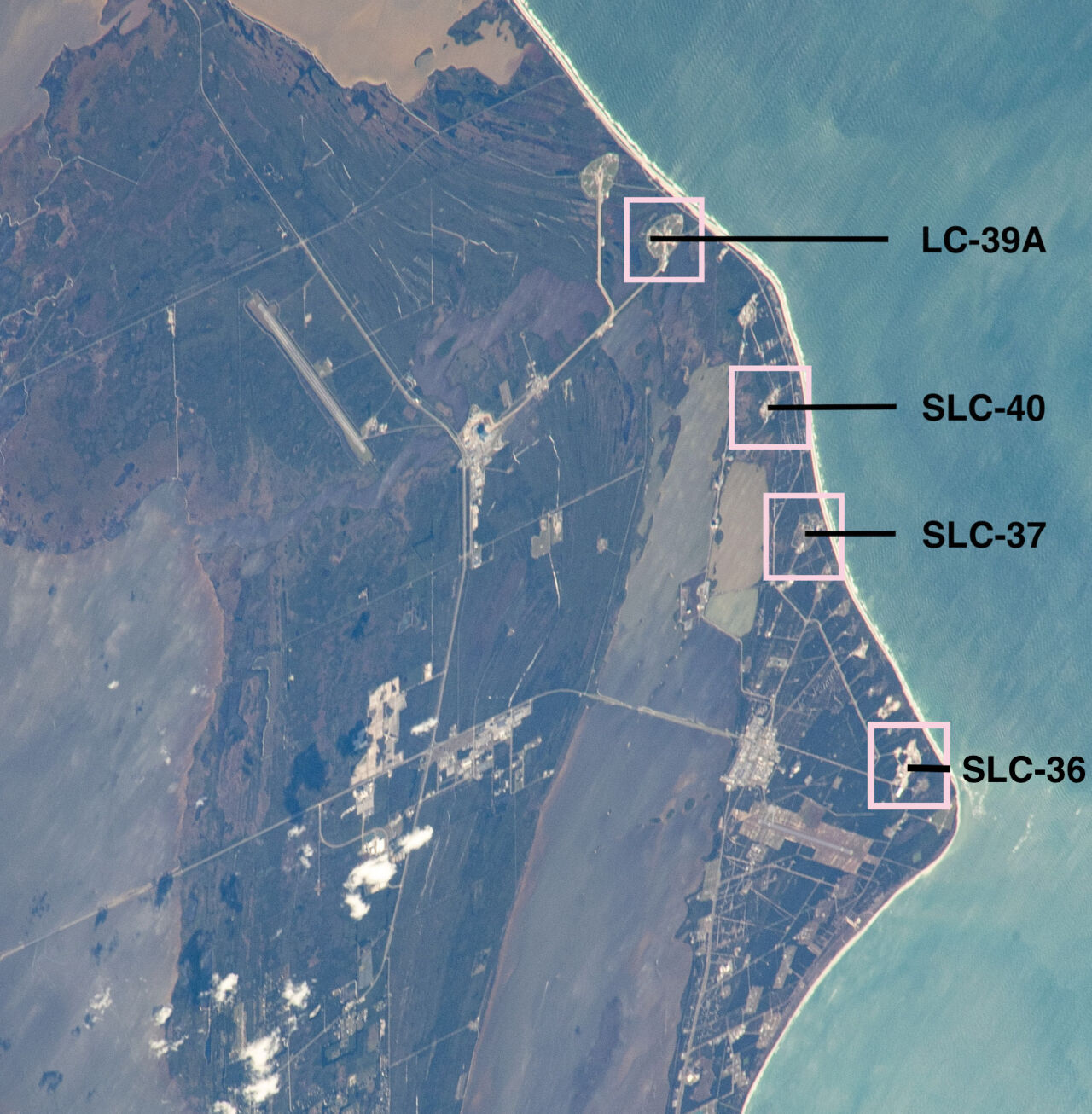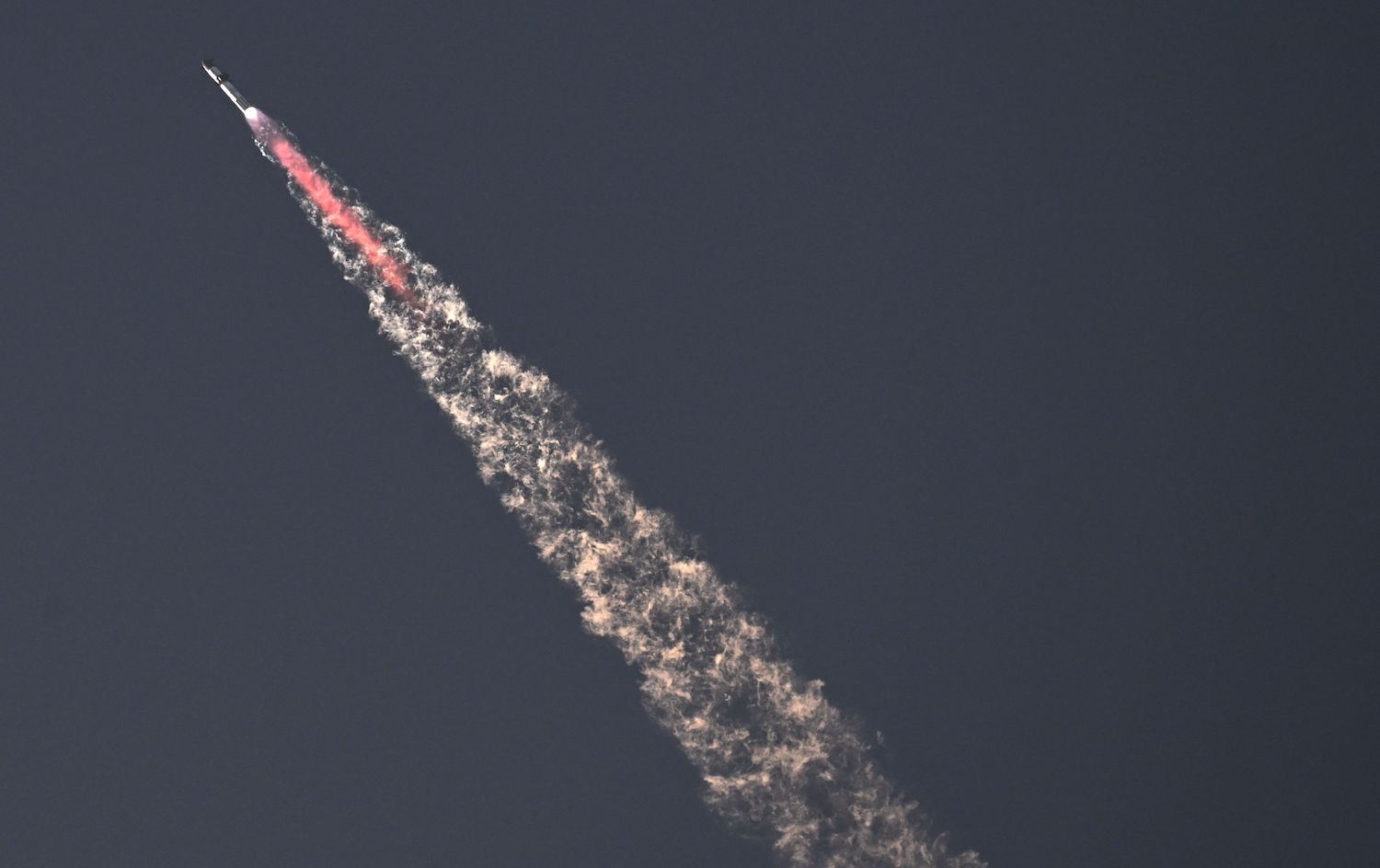United Launch Alliance and Blue Origin are worried about SpaceX's plans to launch its enormous Starship rocket from Florida.
In documents submitted to the Federal Aviation Administration last month, ULA and Blue Origin raised concerns about the impact of Starship launch operations on their own activities on Florida's Space Coast. Blue Origin, Jeff Bezos' space company, urged the federal government to consider capping the number of Starship launches and landings, test-firings, and other operations, and limiting SpaceX's activities to particular times.
Elon Musk, founder and CEO of SpaceX, called Blue Origin's filing with the FAA "an obviously disingenuous response. Not cool of them to try (for the third time) to impede SpaceX’s progress by lawfare." We'll get to that in a moment.
The FAA and SpaceX are preparing an environmental impact statement for launches and landings of the Super Heavy booster and Starship rocket at Launch Complex 39A at NASA's Kennedy Space Center (KSC), while the US Space Force is working with SpaceX on a similar environmental review for Starship flights from Space Launch Complex 37 at nearby Cape Canaveral Space Force Station (CCSFS).
These reviews likely won't be complete until late 2025, at the earliest, and only then will SpaceX be cleared to launch Starship from Florida. SpaceX also must construct launch infrastructure at both sites, which could take a couple of years. This is already underway at Launch Complex 39A.
Big rocket with a big footprint
During the environmental review process, the FAA should weigh how regular flights of the reusable Starship—as many as 120 launches per year, according to TechCrunch—will affect other launch providers operating at Cape Canaveral, ULA and Blue Origin said. SpaceX's final proposed launch cadence from each site will be part of draft environmental assessments released for public comment as soon as the end of this year.




 Loading comments...
Loading comments...
